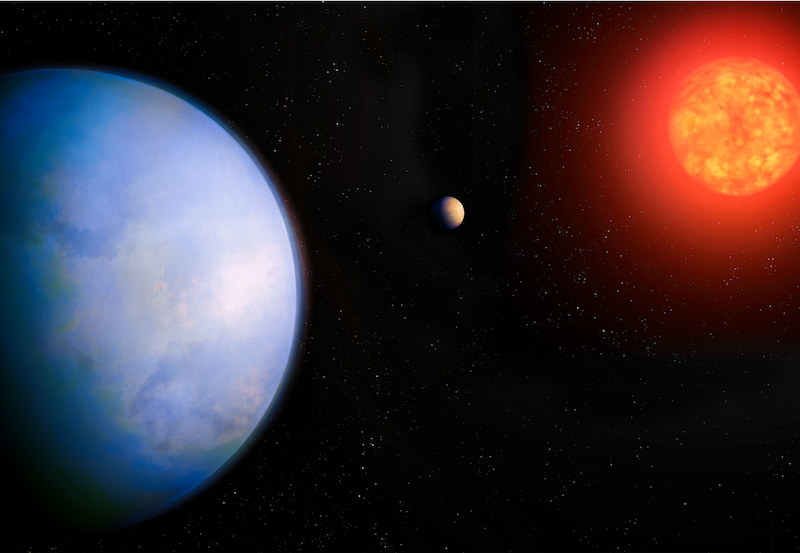
Astronomers have discovered another potentially habitable exoplanet orbiting a nearby star. The planet – GJ 251 c – is in the habitable zone of its red dwarf star.
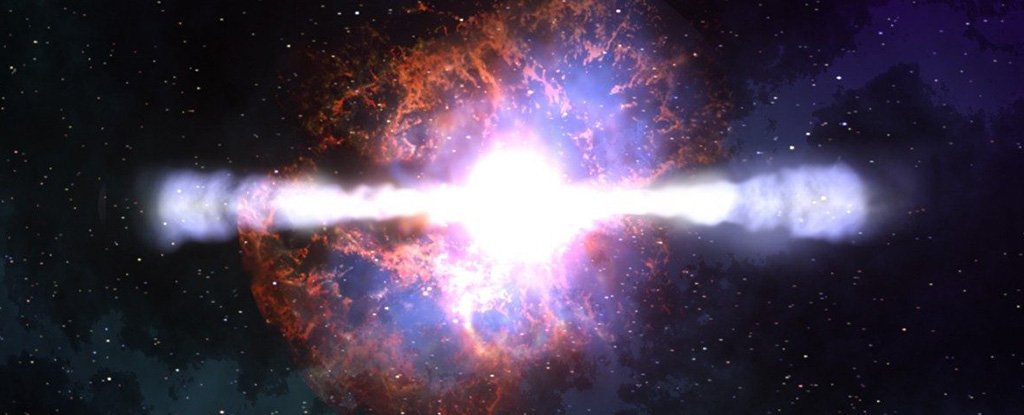
A surprising new study has found that under the right circumstances, cosmic radiation could actually make uninhabitable worlds habitable.
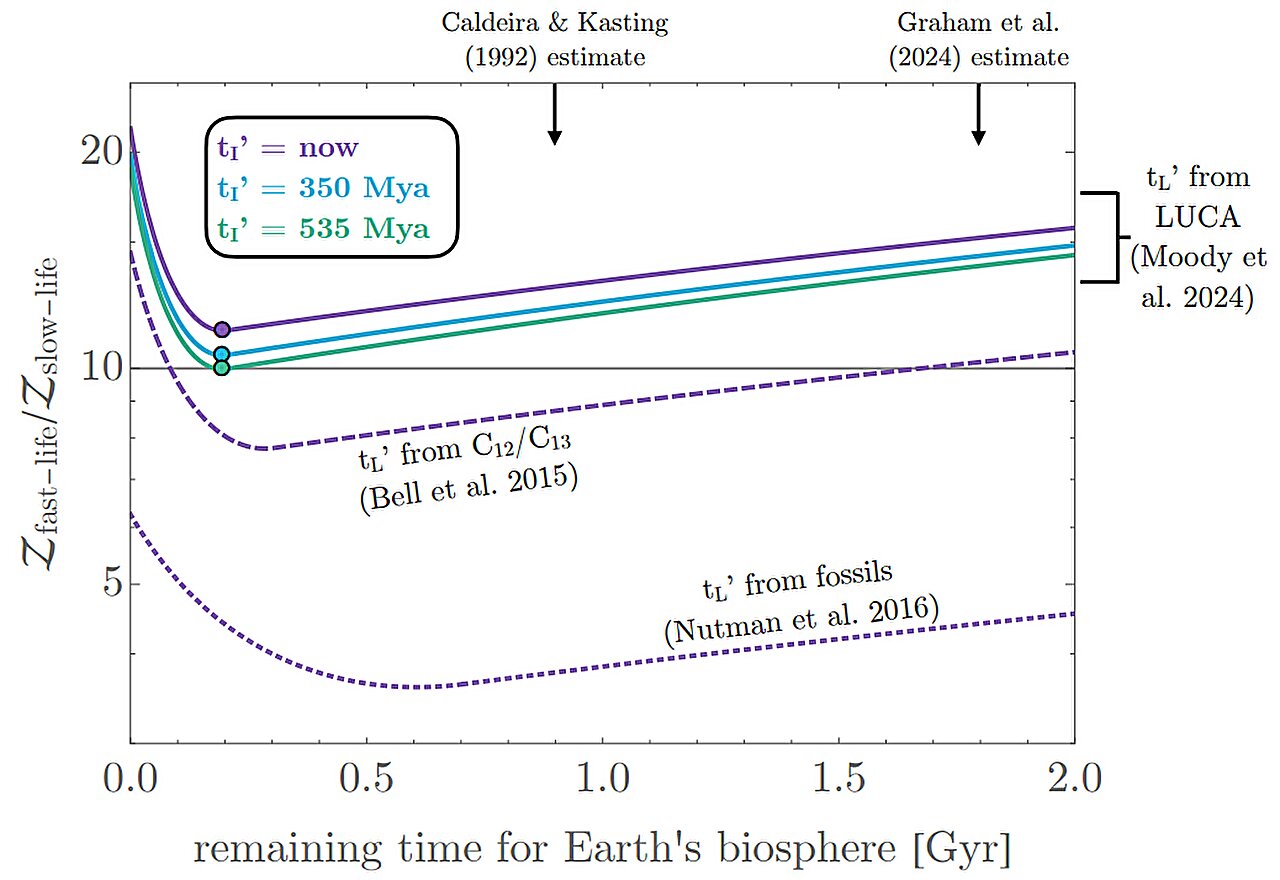
An astronomer at Columbia University is suggesting that because life emerged so soon on Earth after its formation, it may emerge rapidly on Earth-like planets after the right conditions arise in general.

Astronomers have detected the most promising signs yet of a possible biosignature outside the solar system, although they remain cautious.

Speedy’ planets orbiting faster in smaller orbits around white dwarfs are warmer than expected and more likely to maintain habitable conditions than the planets around the sun-like stars.
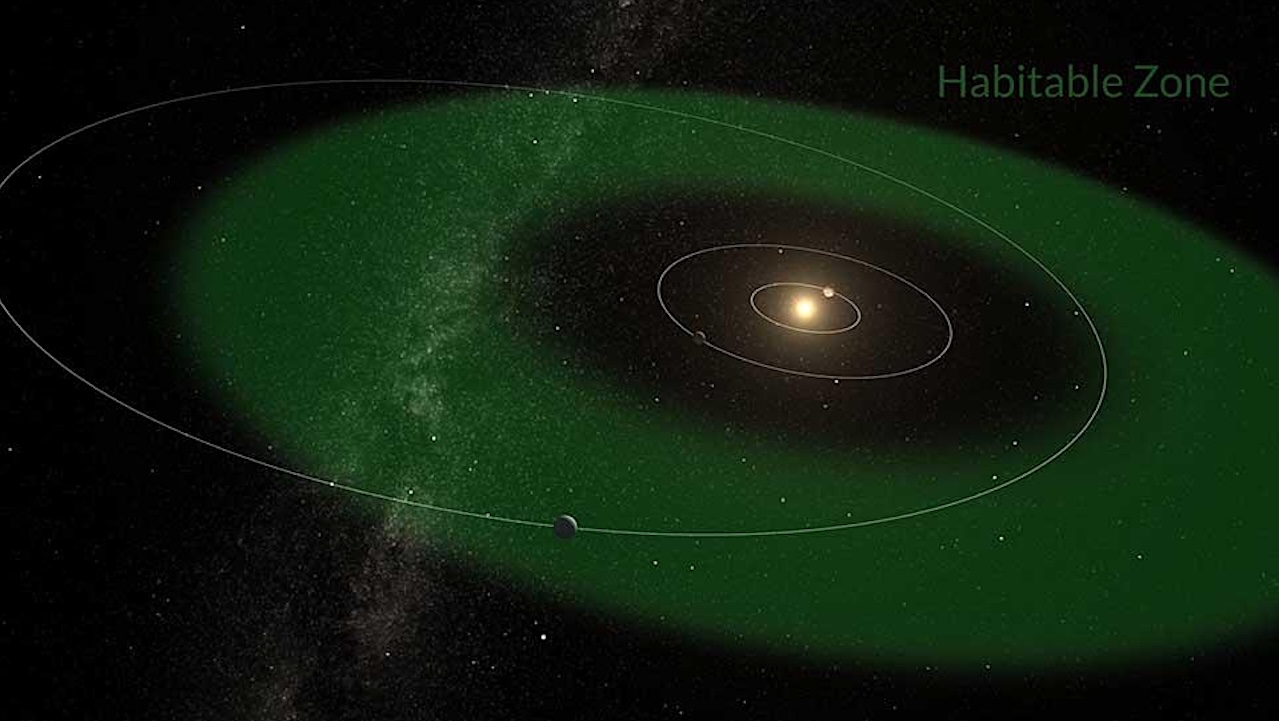
An international team has confirmed the discovery of a super-Earth orbiting in the habitable zone of a nearby Sun-like star.
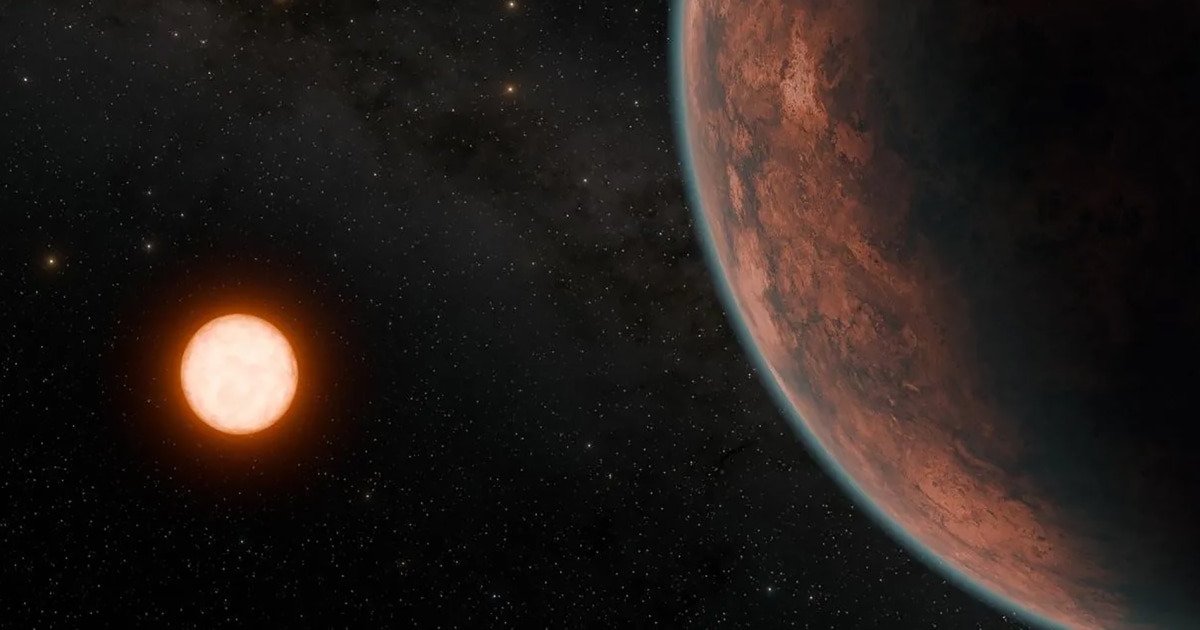
Dubbed Gliese 12 b, the planet takes 12.8 days to orbit a star that is 27% of the sun's size. The planet is about the size of Venus, so slightly smaller than Earth, and may be temperate enough to support life, the researchers said.

Purple bacteria is one of the primary contenders for life that could dominate a variety of Earth-like planets orbiting different stars, and would produce a distinctive "light fingerprint," Cornell scientists report.

The vast majority of exoplanets are uninhabitable. For the few that may be habitable, we can only determine if they are by examining their atmospheres. LIFE, the Large Interferometer for Exoplanets, can help.

A “super-Earth” ripe for further investigation orbits a small, reddish star that is, by astronomical standards, fairly close to us – only 137 light-years away.

Scientist Luigi Petraccone, University of Naples in Italy, in his paper that examines something called "planetary entropy production" lookes at how scientists select planets that could be habitable.

A new investigation with NASA's James Webb Space Telescope into K2-18 b, an exoplanet 8.6 times as massive as Earth, has revealed the presence of carbon-bearing molecules including methane and carbon dioxide.

Astronomers have discovered a rocky exoplanet about a few dozen light years away from Earth with conditions that could make it habitable.

The astronomers underlined that the star, these planets are orbiting is the second-coolest star found to host planets after TRAPPIST-1. They added that their finding is the second-most favorable habitable-zone terrestrial planet known so far.

It's called TOI-1452b, and measurements of its size and mass suggest a density profile consistent with a global liquid ocean. An exoplanet is just 100 light-years from Earth